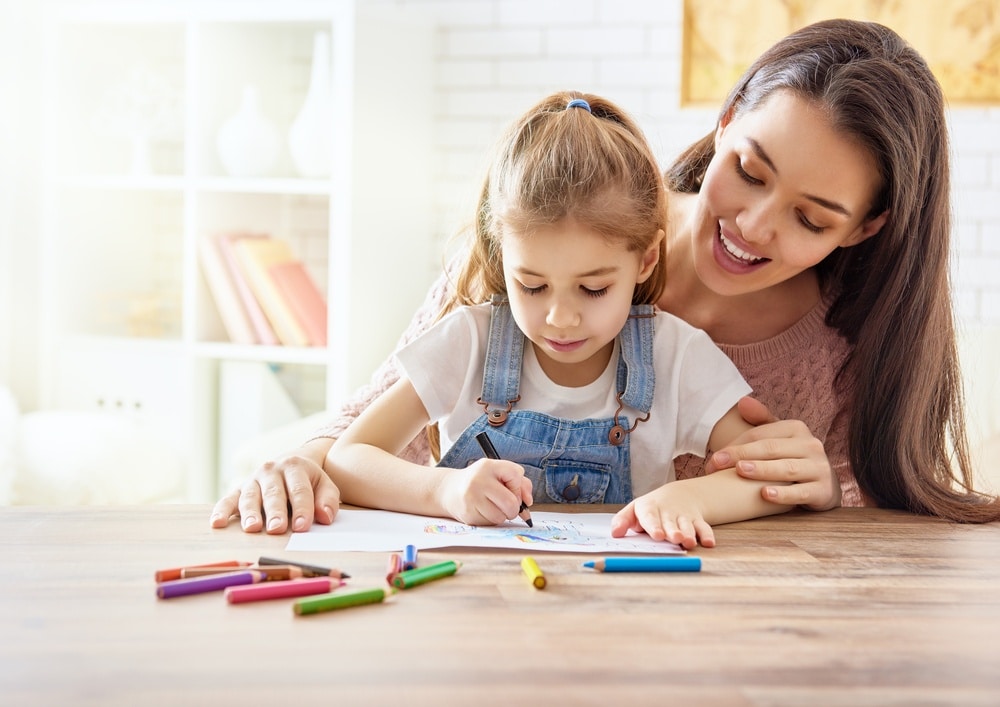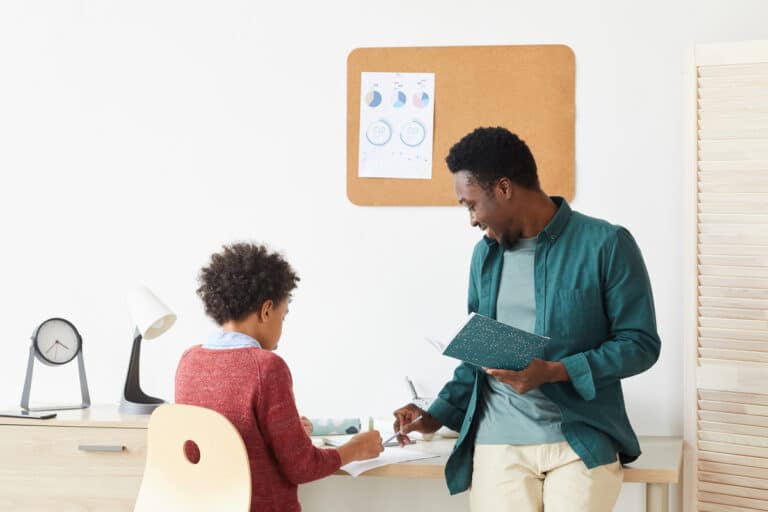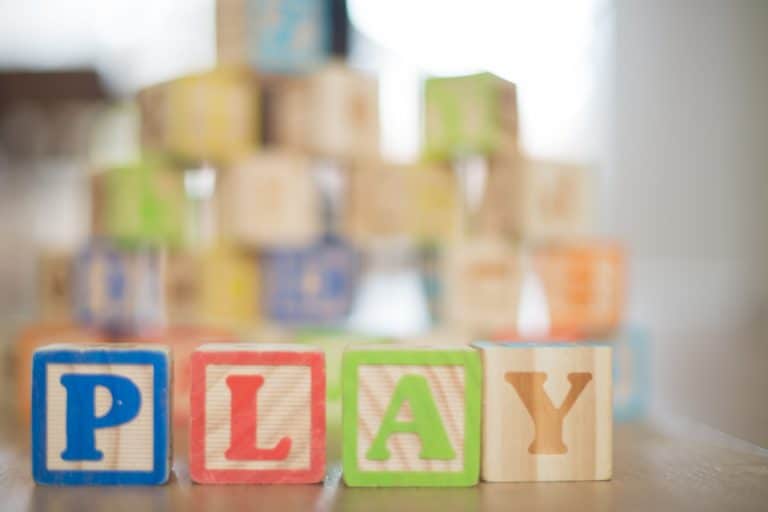As parents, we all want our children to enjoy learning and develop a love for gaining knowledge. In this blog post, we will explore seven creative ways to make the learning process fun and engaging for your kids. We will cover each technique in detail, provide examples, and explain why it’s effective in making learning enjoyable. So, let’s dive right in and discover how you can transform your child’s education into an exciting adventure!
In This Article
- 1. Gamification: Turn Learning Into Playtime
- 2. Storytelling: Bring Lessons to Life
- 3. Hands-On Learning: Let Them Explore
- 4. Technology: Harness the Power of Interactive Learning
- 5. Creative Expression: Let Their Imagination Run Wild
- 6. Field Trips: Take Learning Outside the Classroom
- 7. Collaborative Learning: Learn Together as a Family
1. Gamification: Turn Learning Into Playtime
Gamification is the process of incorporating game elements into non-gaming activities, such as learning. By adding elements like competition, rewards, and challenges, you can make even the most mundane subjects enjoyable for your kids.
One way to gamify learning is by creating educational board games. For example, you could design a geography-themed board game where players race around the world, answering questions about different countries and cultures. You can also use digital tools to create interactive quizzes and puzzles that your child can complete on their own or with friends.
Another approach is to turn everyday activities into learning opportunities. For example, while grocery shopping, have your child estimate the total cost of items in the cart and compare it to the actual price at checkout. This will help them practice math skills while also making the task more engaging.
By using gamification techniques, you can make learning feel less like a chore and more like playtime, ultimately helping your child develop a love for learning.
2. Storytelling: Bring Lessons to Life
Children are naturally drawn to stories, which makes storytelling an excellent tool for teaching new concepts. By weaving information into a narrative, you can help your child better understand and remember what they’re learning.
To incorporate storytelling into your child’s education, consider reading books that align with the subjects they’re studying. For example, if they’re learning about history, choose historical fiction novels that bring the past to life. You can also create your own stories to teach specific concepts or have your child come up with their own tales.
Another effective storytelling technique is to use props and visuals. For example, you can use puppets or action figures to act out a story that teaches a science concept, like the life cycle of a butterfly. This will not only help your child remember the information but also make the learning process more enjoyable.
3. Hands-On Learning: Let Them Explore
Hands-on learning is an approach that encourages children to actively engage with the subject matter rather than passively absorbing information. This can be especially effective for younger children who may struggle to sit still and pay attention during traditional lessons.
One way to incorporate hands-on learning is through experiments and projects. For example, you could have your child build a model volcano to learn about geology or create a solar system mobile to learn about astronomy. These activities allow your child to explore new ideas and concepts in a tangible way, helping them develop a deeper understanding of the subject matter.
Another approach is to use real-world experiences as teaching opportunities. For example, take your child on a nature walk to learn about local plants and animals, or visit a construction site to learn about engineering principles. By connecting learning to real-life situations, you can make the process more engaging and memorable for your child.
4. Technology: Harness the Power of Interactive Learning
In today’s digital age, there are countless educational apps and websites that can make learning fun and interactive. By integrating technology into your child’s education, you can provide them with new and engaging ways to explore their interests and learn at their own pace.
To get started, research age-appropriate resources that align with your child’s interests and curriculum. This could include language learning apps like Duolingo, math games like Prodigy, or virtual field trips through Google Earth. Be sure to monitor your child’s screen time and ensure that they’re using these resources responsibly.
Another way to use technology in your child’s education is by incorporating multimedia elements into lessons. For example, you could use educational videos to supplement textbook readings or use interactive simulations to help your child visualize complex concepts. By offering a variety of learning experiences, you can cater to your child’s unique learning style and keep them engaged in the process.
5. Creative Expression: Let Their Imagination Run Wild
Creative expression is an important aspect of a well-rounded education, as it allows children to develop their imagination, problem-solving skills, and self-expression. By combining learning with creativity, you can help your child engage more deeply with the subject matter and enjoy the process.
One way to encourage creative expression is through art projects that connect to the subjects your child is studying. For example, they could create a collage to represent a historical event, write a poem about a scientific concept, or compose a song about a mathematical formula.
You can also use creative expression as a form of assessment. Instead of traditional tests and quizzes, have your child demonstrate their understanding through a creative project. This will not only make the assessment process more enjoyable but also allow them to showcase their unique talents and abilities.
6. Field Trips: Take Learning Outside the Classroom
Field trips offer a unique opportunity for children to learn outside the classroom and experience new ideas and concepts firsthand. By visiting museums, zoos, nature centers, and other educational venues, you can expose your child to new experiences and make learning more engaging.
To plan a successful field trip, choose a destination that aligns with your child’s interests and curriculum. This could include a visit to a local history museum, a tour of a working farm, or a day spent exploring a nearby national park. Be sure to prepare your child for the visit by discussing what they can expect to see and learn, and follow up with activities that reinforce the concepts they’ve discovered.
By incorporating field trips into your child’s education, you can help them develop a love for learning and a greater appreciation for the world around them.
7. Collaborative Learning: Learn Together as a Family
Make learning a family affair by involving everyone in the process. This not only promotes bonding but also helps your child see that learning is a lifelong pursuit.
One way to engage in collaborative learning is by setting aside time each week for a family book club, where everyone reads a chapter from the same book and discusses it together. This not only encourages reading but also helps your child develop critical thinking and communication skills.
Another approach is to work on group projects, such as building a model rocket or creating a family tree. By collaborating on these tasks, your family will learn new skills, share ideas, and strengthen your bond.
In Conclusion
By employing these seven creative techniques, you can transform the learning process into an enjoyable experience for your child. Remember, the key is to make learning engaging, relatable, and relevant to your child’s interests. When children enjoy what they’re learning, they’re more likely to retain the information and develop a lifelong love for education.
So, go ahead and try out these methods and watch your child’s enthusiasm for learning blossom! As you experiment with different techniques, be sure to observe which ones resonate most with your child and adapt your approach accordingly. After all, the goal is to foster a genuine love of learning that will serve them well throughout their lives.











